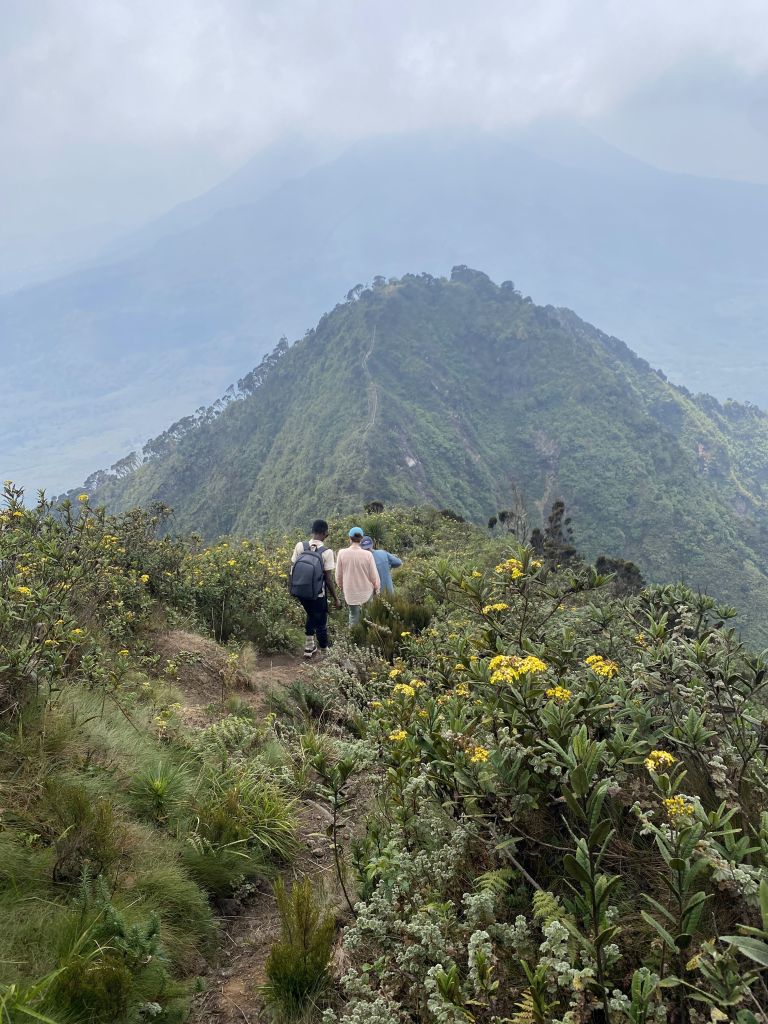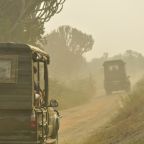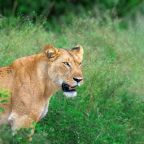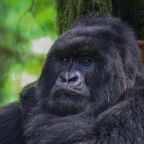How Difficult is Gorilla Trekking in Uganda?
Trekking Gorillas in Uganda is an exhilarating yet physically demanding adventure that brings you face-to-face with the endangered mountain gorillas in their natural habitat. Uganda is home to some of the last remaining mountain gorillas, found in Bwindi Impenetrable National Park and Mgahinga Gorilla National Park. Trekking through these rugged landscapes requires physical endurance, mental preparedness, and the right gear to navigate through dense forests, steep slopes, and unpredictable weather conditions.
If you are considering a gorilla trekking safari in Uganda, you might be wondering: How difficult is gorilla trekking? The answer depends on several factors, including fitness level, trekking location, weather conditions, and the specific gorilla family assigned to you. This guide will provide a detailed breakdown of the challenges, fitness requirements, and essential tips to ensure you are well-prepared for this once-in-a-lifetime adventure.
Understanding the Terrain and Trekking Conditions
One of the main factors contributing to the difficulty of gorilla tracking in Uganda is the challenging terrain. Both Bwindi Impenetrable National Park and Mgahinga Gorilla National Park are located in mountainous regions with steep hills, thick vegetation, and muddy trails.
Bwindi Impenetrable National Park
Bwindi is called “impenetrable” for a reason—it consists of thick forests, steep ridges, and rugged trails that make trekking difficult. The park is divided into four sectors (Buhoma, Ruhija, Nkuringo, and Rushaga), each with varying levels of difficulty.
- Buhoma Sector – Considered moderate, with gentle trails but still requires effort.
- Ruhija Sector – One of the highest-altitude regions, making trekking more strenuous.
- Nkuringo Sector – One of the most difficult areas due to steep inclines.
- Rushaga Sector – Moderate to difficult, with multiple trekking routes.
Mgahinga Gorilla National Park
This park features volcanic terrain with steep, rocky slopes. While smaller than Bwindi, Mgahinga’s altitude and rugged conditions can make trekking equally challenging.
The difficulty level largely depends on which gorilla family you are assigned to, as some groups are located closer to trailheads while others require several hours of hiking to reach.
How Long Does a Gorilla Trek Take?
The duration of a gorilla trekking safari varies depending on the location of the gorilla family and the difficulty of the terrain.
- Easier treks: 1 to 3 hours (for gorilla families closer to trailheads).
- Moderate treks: 3 to 5 hours (for gorillas deep in the forest).
- Challenging treks: 5 to 7+ hours (for gorillas that move frequently).
It is important to note that you cannot predict how long your trek will take, as gorillas are always on the move in search of food.
Fitness Levels Required for Gorilla Trekking
Trekking through dense rainforests, climbing steep hills, and crossing streams requires a good level of fitness.
Who Can Go Gorilla Trekking?
- Moderate fitness levels: If you can walk for 3–6 hours on uneven terrain, you can complete a gorilla trek.
- Older travellers: Porters are available to help carry bags, and walking sticks can provide support.
- People with mobility challenges: Sedan chairs (carried by porters) are available for an additional fee.
Recommended Pre-Trekking Exercises
To prepare for the physical demands of gorilla tracking in Uganda, it is recommended that you:
- Walk or hike regularly (3–5 miles per day).
- Strengthen leg muscles with squats and lunges.
- Improve endurance with cardio exercises such as running or cycling.
- Practice stair climbing to prepare for steep inclines.
The Role of Altitude in Gorilla Trekking Difficulty
Uganda Wildlife Authority – UWA and Mgahinga Gorilla National Park are located at high altitudes, ranging from 1,160 meters to 2,607 meters above sea level.
How Altitude Affects Trekking
- Less oxygen – Breathing can feel more difficult, especially for those not used to high altitudes.
- Fatigue – Some trekkers may experience mild dizziness or shortness of breath.
- Slower trekking pace – Guides adjust the speed to help trekkers acclimate.
If you are not accustomed to high-altitude points, it is advisable to arrive in Uganda a few days before your trek to adjust gradually.
Weather Challenges: How Rain and Mud Affect Gorilla Trekking
Uganda has a tropical climate, meaning rain can occur at any time of the year, making trails muddy, slippery, and difficult to navigate.
Wet Season (March–May, October–November)
- Increased difficulty – Trails are more slippery and muddy.
- Longer trekking times – Due to challenging conditions.
- More insect activity – Biting insects are more active.
Dry Season (June–September, December–February)
- Easier trekking conditions – Trails are drier and more stable.
- More comfortable temperatures – Less humidity in the forest.
- Best time for photography – Clearer skies and better lighting.
While trekking is more difficult during the wet season, it is also less crowded, and permits may be more readily available.
The Role of Park Rangers and Porters in Making Trekking Easier
Rangers and Guides
Uganda Wildlife Authority – UWA rangers accompany all treks to:
- Clear paths through the dense forest.
- Locate gorilla families ahead of time.
- Ensure visitor safety in case of unexpected encounters with wild animals.
Porters
Porters are locals hired to help carry backpacks and assist trekkers.
- Highly recommended for anyone with moderate fitness levels.
- Reduces physical strain, especially on steep sections.
- Provides employment for local communities, supporting conservation efforts.
Porters charge 20$ per trek but can be tipped extra for their assistance.
Mental Preparedness: The Psychological Challenges of Gorilla Trekking
Aside from physical endurance, mental strength is just as important.
Common Psychological Challenges
- Uncertainty – Not knowing how long the trek will take.
- Fatigue – The combination of altitude, humidity, and steep climbs can be mentally draining.
- Patience is required – The trek may take longer than expected due to gorilla movements.
To mentally prepare, focus on staying positive, taking breaks when needed, and enjoying the natural beauty of the forest.
Is Gorilla Trekking in Uganda Difficult?
Gorilla trekking in Uganda is challenging but absolutely rewarding. The experience of encountering a gorilla family in the wild, observing their behaviour, and spending a precious hour with them makes every step worth it.
Key Takeaways
- Moderate to high fitness levels are required, but all ages can participate.
- Trekking difficulty depends on terrain, altitude, and weather conditions.
- Porters and guides make the trek easier and enhance the experience.
- Mental preparedness is just as important as physical fitness.
If you are willing to embrace the challenge, gorilla trekking is a life-changing experience that you will treasure forever with Hillary Uganda Trips. Enjoy the essential tips for Gorilla trekking in Uganda from a local gorilla expert Hillary on our ultimate primate safaris.











